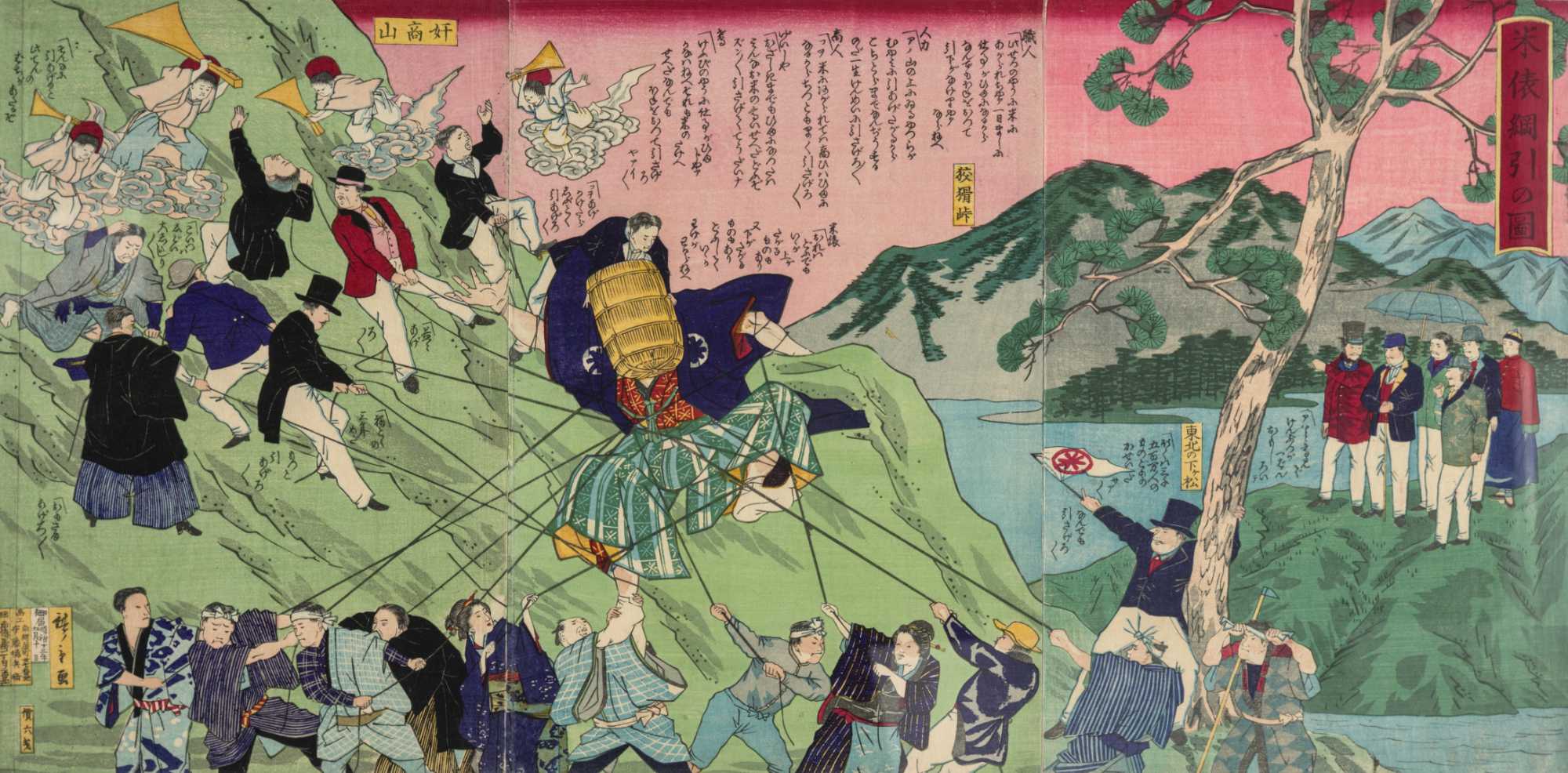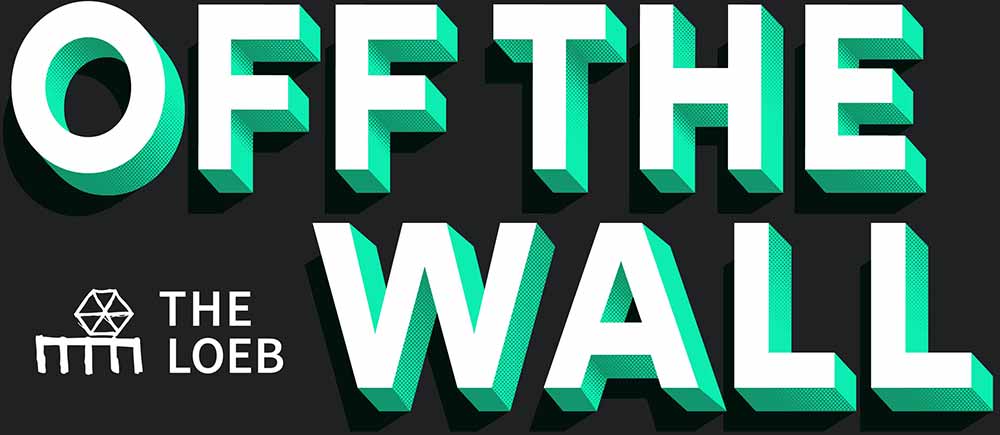Bunmei Kaika: Political Landscape in Early Modern and Modern Japan
February 14–June 7, 2026
This exhibition explores the impact of the political climate during the late Edo period and Meiji era on political thought and dissemination of prints in Japan. Artists traced the shifts in Japan’s culture and its physical landscape throughout a tumultuous time that saw the country opened through American “gunboat diplomacy” followed by rapid Westernization. The motto bunmei kaika, meaning “civilization and enlightenment,” was popularized as Emperor Meiji sought to implement widespread reforms and expand Japan’s sphere of influence. Woodblock prints from the era captured extensive changes at home and reported occurrences on battlefields abroad, circulating sensationalized images that celebrated imperial power. The exhibition illuminates a thriving print culture whose clever navigation of government regulations and prohibitions, playful and daring rendering of current events, and feeding of public interest cultivated the national imagination of a modernizing Japan. Drawn largely from the Loeb’s permanent collection along with select loans, this exhibition sheds new light on landscapes from celebrated artists such as Hiroshige, Hokusai, Kunisada, Yoshitoshi, Kiyochika, and Ogata Gekkō.

Bunmei Kaika: Political Landscape in Early Modern and Modern Japan is organized by Monique D’Almeida, Deknatel Curatorial Fellow in Japanese Works on Paper, and generously supported by the Evelyn B. Metzger Exhibition Fund. The exhibition will be accompanied by a richly illustrated catalogue, made possible through the Virginia Herrick Deknatel Fund.
